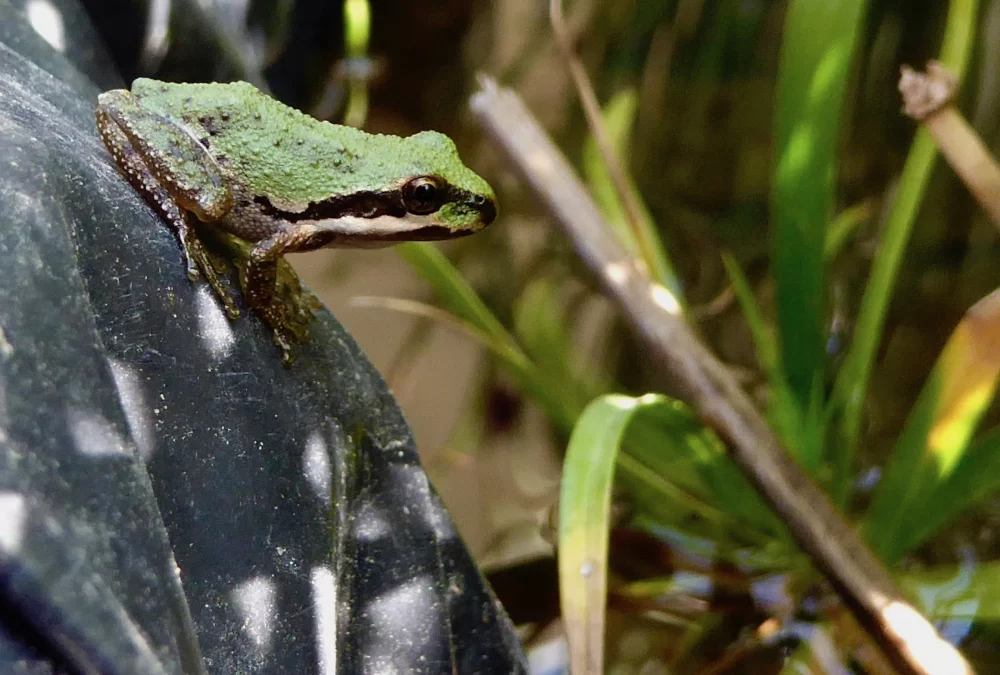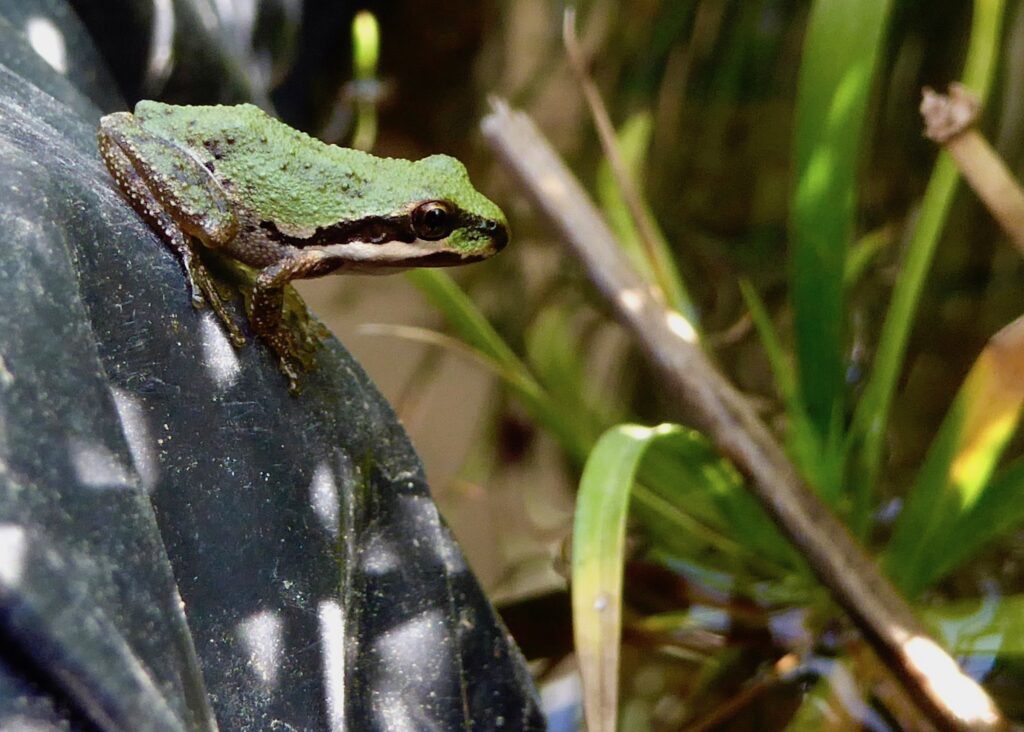
Looking for a fun and easy nature adventure this summer? How about a backyard BioBlitz?
The term BioBlitz was coined in 1996 by U.S. National Park Service naturalist Susan Rudy for the first event of its kind, held at Kenilworth Aquatic Gardens, in Washington D.C. Rudy created this portmanteau word from the Greek word for life and the German word for lightning.
The purpose of a BioBlitz is to identify as many plant and animal species as possible in a specific place during a set period of time. That first BioBlitz turned up nearly 1000 species of plants and animals.
In 2007, the National Geographic Society partnered with the National Park Service to host a BioBlitz in the Santa Monica Mountains. It was the first in a series of NPS BioBlitz events, and it netted 1,700 species, identified from 5,500 observations made by citizen scientists of all ages with the help of biologists from local universities, museums and government agencies.
While most BioBlitz events are intended as a way to involve the public in science and conservation, it’s easy to scale the concept down into a family activity.
The Santa Monica Mountains are a world biodiversity hotspot, and a surprising amount of that biodiversity can be found right in Topanga’s backyards.
Here at the Topanga New Times, we counted 51 species in just a half hour in the garden. Setting a short time and a specific area can help young participants stay engaged and interested: a half hour in the front yard or an empty field; everything that can be seen from the trail during a hike; or on the edge of the water at the beach in 15 minutes. Ready, set, go!
Goals can also help motivate young explorers: How many species can you find in an hour? How fast can you find 20, 50, 100 species?
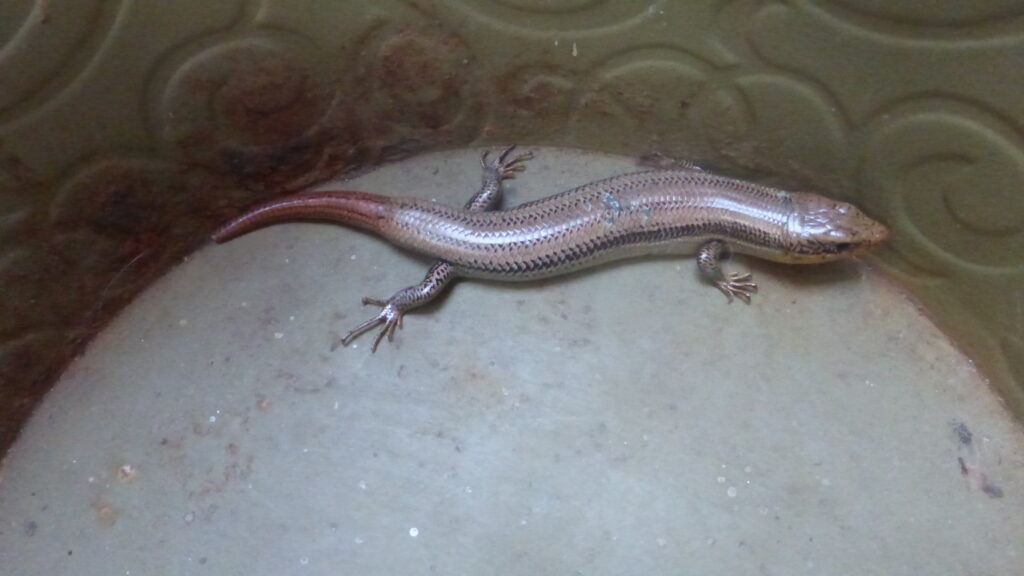
Older children and adults may enjoy an ongoing project that could include photographing finds and posting them to social media, or keeping a nature journal.
Apps like iNaturalist can help identify finds and keep track of discoveries. Old fashioned field guides are also an invaluable resource. The Topanga Library has a good selection that can now be ordered in advance and picked up at the curb. The National Park Service has printable species checklists that are helpful once an ID has been made: https://www.nps.gov/samo
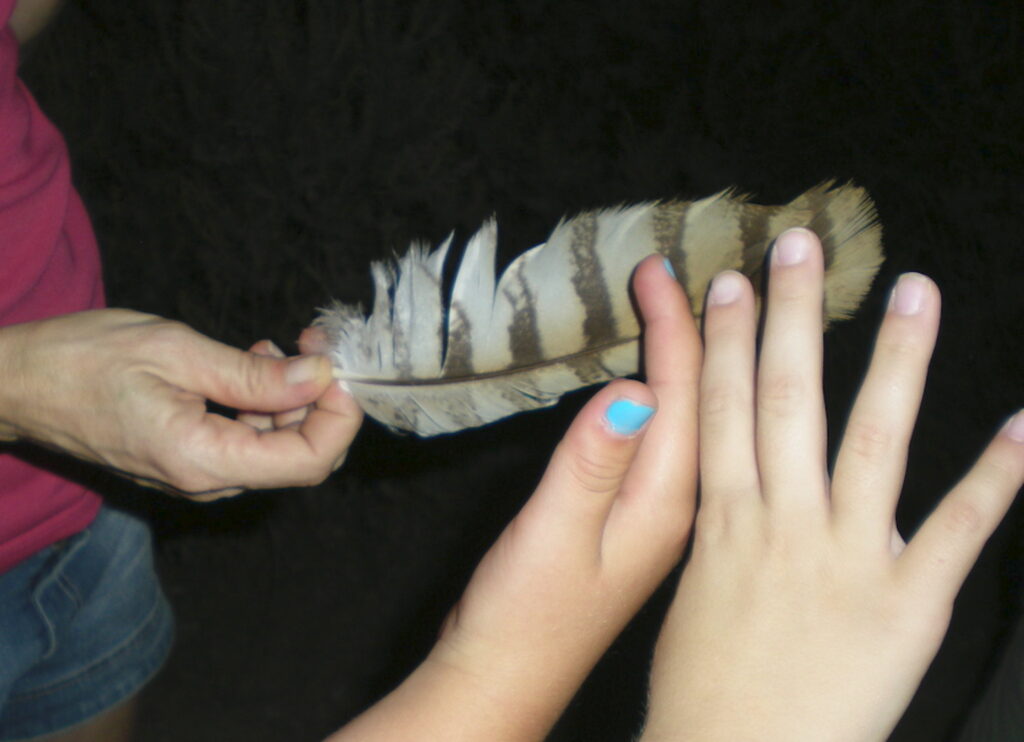
A phone or camera is ideal to document finds. A pair of binoculars and a magnifying glass are useful, too. A certain amount of Sherlock Holmes-style detective work can be required in tracking down elusive garden residents and visitors. A feather may be the only evidence that owls are at home in the garden; those moon-shaped holes in the leaves of the rosebush may be proof that a leaf-cutter bee is at work, and the bird-like whistle from the wild place at the bottom of the garden may really be a western toad—more often heard than seen.
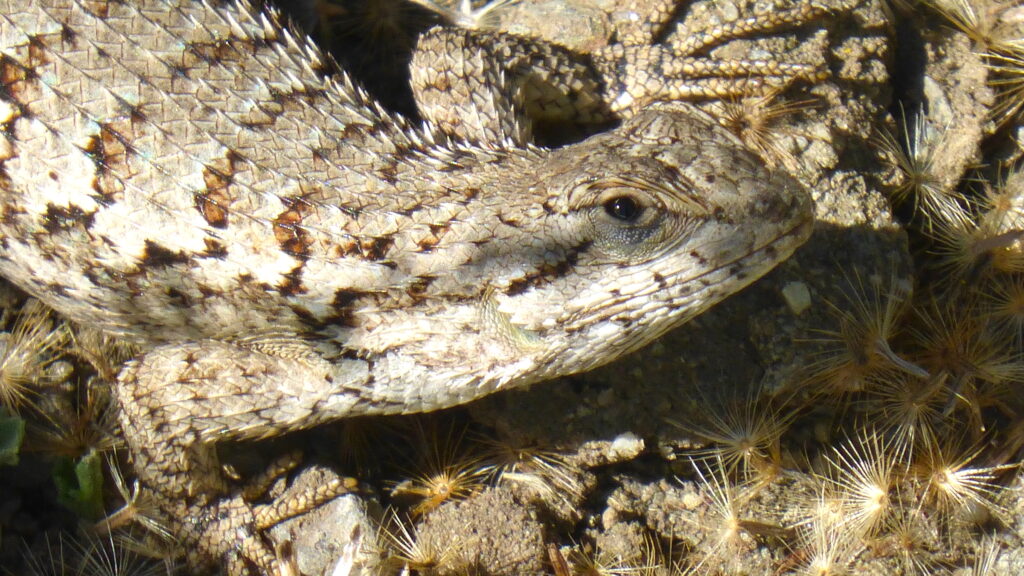
A sketchbook and pencil won’t help capture a lightning fast lizard or butterfly but drawing a subject is still one of the best ways to fix it in one’s memory.
Because some of the local species can be hazardous, it’s a good idea to be careful when leaving no stone unturned or looking in hidden corners. Rattlesnakes, scorpions, and black widow spiders certainly count as native species, but ones that should be carefully avoided. Never put hands or feet into deep grass or brush, and when turning over a rock or branch it’s a good idea to stand behind the object and be ready to move out of the way.
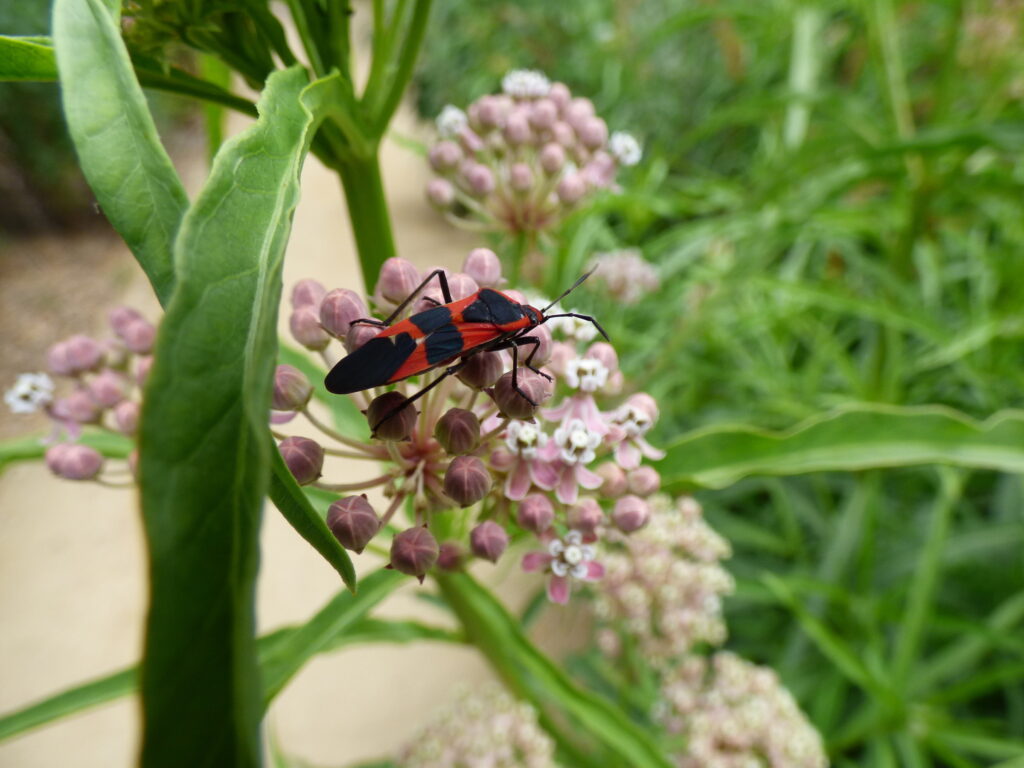
A backyard BioBlitz can reveal a universe in miniature, where epic battles are fought each day in the insect kingdom, and where, unobserved by most humans, birds and animals live lives parallel to our own.
In this strange time when travel and normal summer activities are severely limited, this amazing microverse in our own backyards can offer a welcome diversion, one that might just turn into a lifetime interest.
For more tips on organizing a family BioBlitz, visit www.nationalgeographic.org/activity/backyard-bioblitz and www.inaturalist.org/pages/bioblitz+guide






